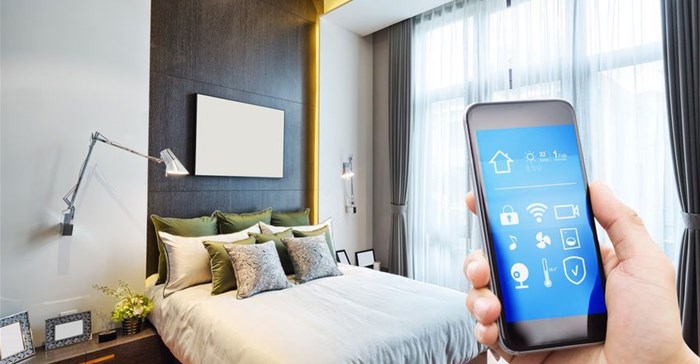
Aesthetically pleasing brand experiences increase a brand’s appeal.
There is a significant correlation between great design and brand appeal, while design divorced from design thinking misses the opportunity to engage with the world at large.
This is according to the recent Design in Business report from Accenture Strategy which has revealed that ‘design-alert’ businesses achieve a 125% return on their design-related investments.
Adobe's State of Create 2016 report concurs stating, “59% of companies will choose to do business with one company over another based on good design”.
In the year leading up to the study, it was also reported that 45% of businesses even paid more for a product or service with good design.
Putting the aesthetic first is the key to creating iconic brands.
As Walter Landor notes, “Products are made in a factory, but brands are created in the mind.”
But great design transcends aesthetics: it serves a purpose, solving a problem in an innovative and improved way.
Said otherwise, design enhances how we experience the world. How, though, does design do this? By observing human behaviour and enabling a seamless integration of experiences and products into our lives.
According to Chinese artist Ai Weiwei, iPhone is not a product; it’s an understanding of human nature because Apple has incorporated human behaviour into its products. Steve Jobs understood that design is not just the visual or even tactile experience of a product, but also its functionality.
Design is about making an experience more both enjoyable and accessible.
Political scientist Herbert Simon defined design as courses of actions aimed at changing existing situations into preferred ones. Great design does just that. It takes the existing and turns it into the ideal.
Design has evolved into a symbolic visual language that, unlike verbal languages, is universally understood.
It’s this cultural transcendence that allows us to assume confidently, without checking the price, that a new product on the shelf must be high-end or that makes a beer label feel masculine.
It can also help thousands of people navigate their way through a foreign airport.
Yet beyond solving business challenges, such as helping brands to define themselves, communicate their key messages or become recognisable, design also plays a critical role in solving human-centred and societal problems and should therefore not be a siloed practice.
It requires engaging with all stakeholders and combining design thinking with design.
As a form of brand expression, visual arithmetic using colours, lines, fonts and forms to align with every aspect of a business’s strategy and purpose design is a vital component in society today.
It is a subtle yet quintessential experience that can also be inspiring, empowering and enlightening.
